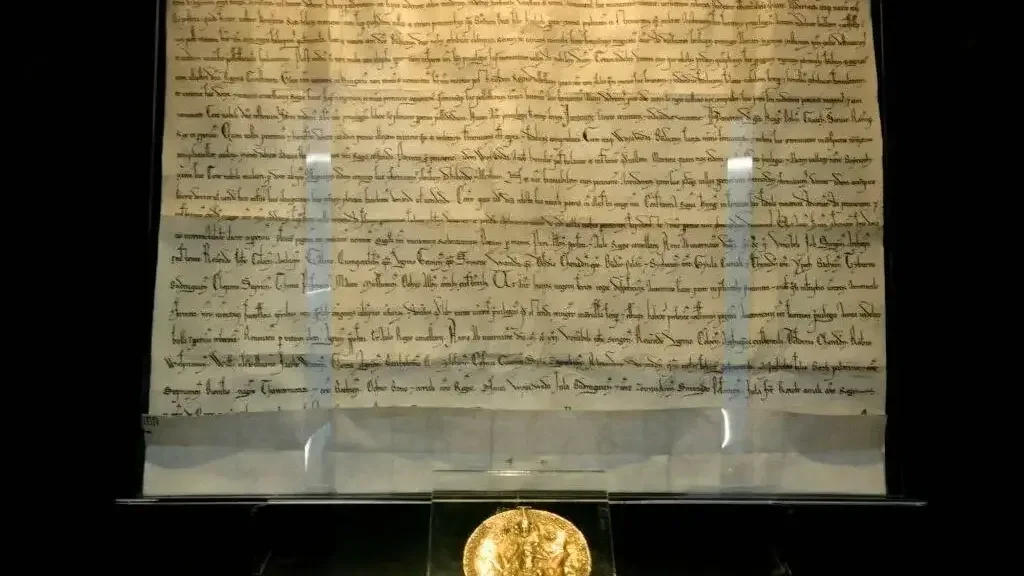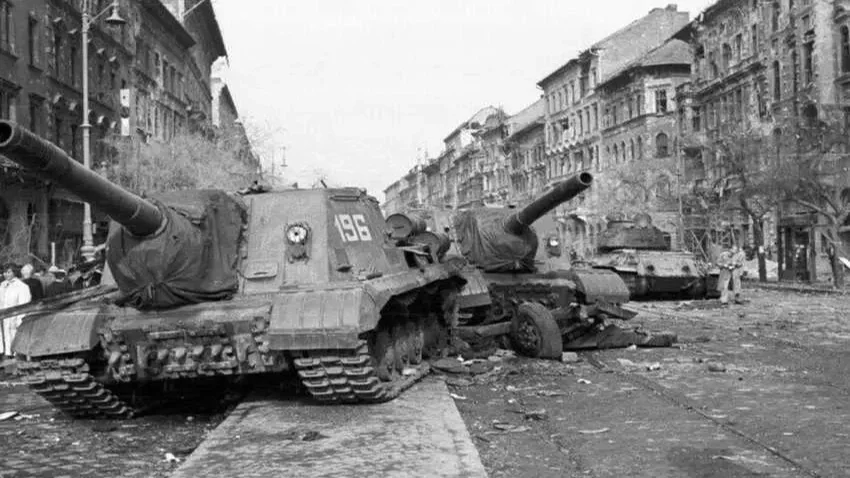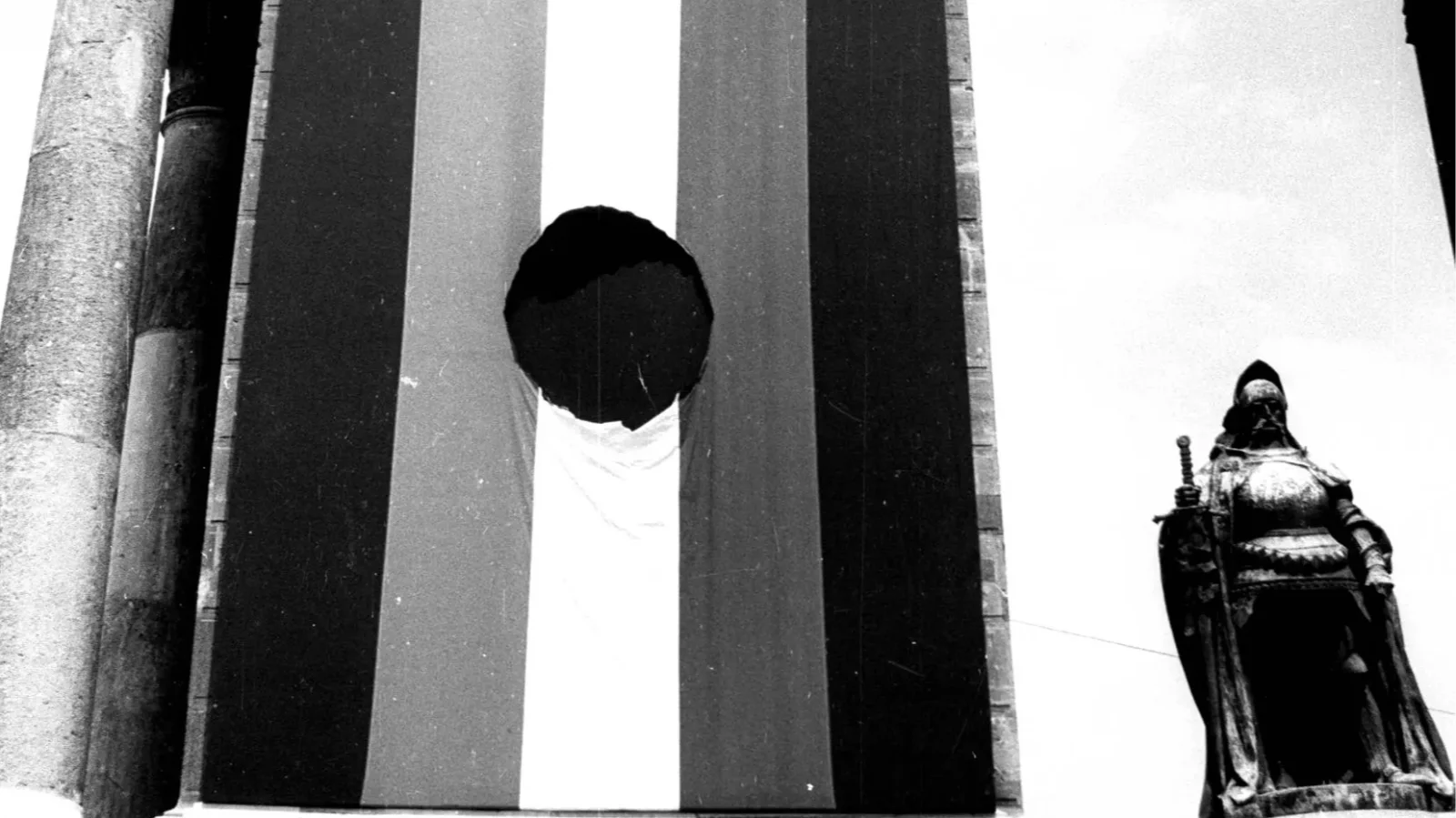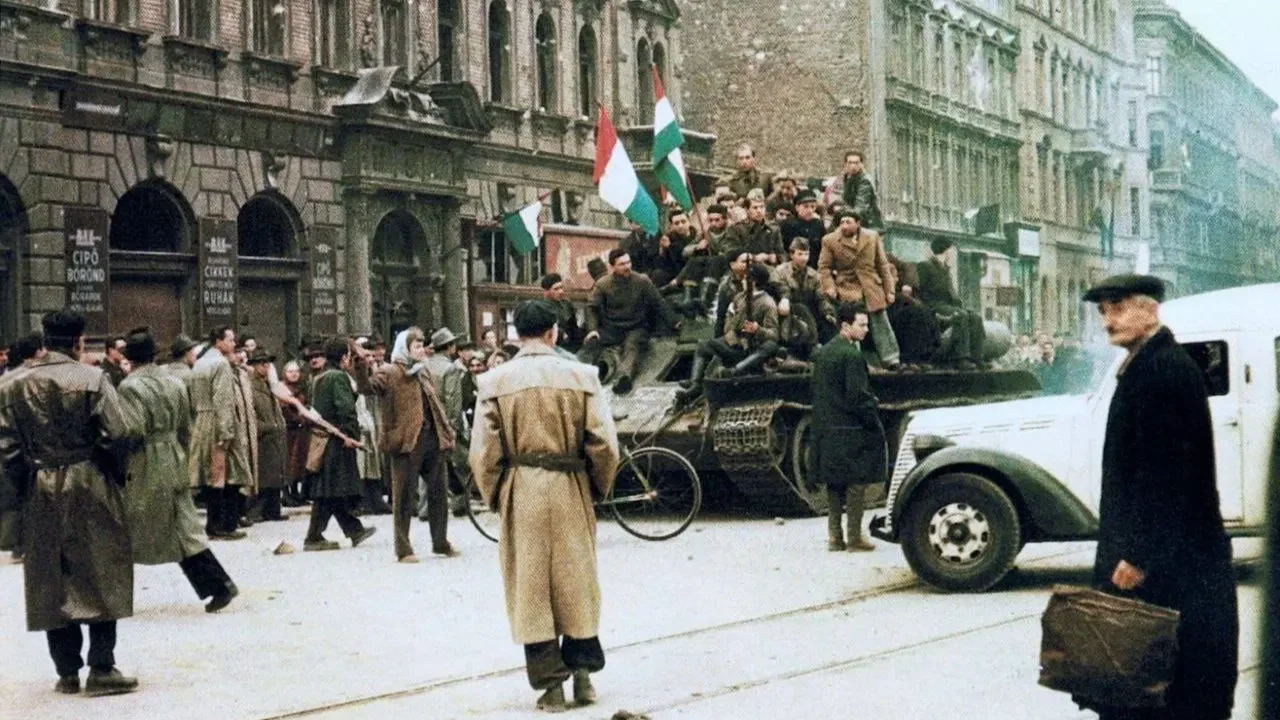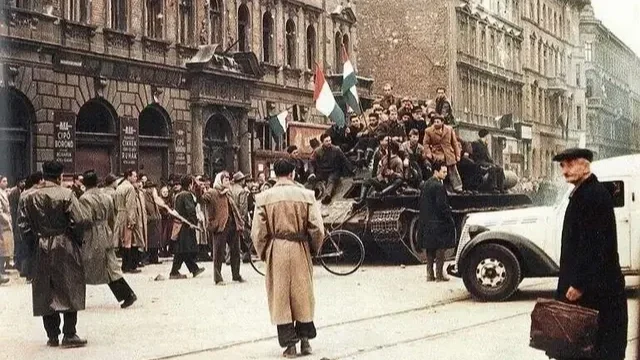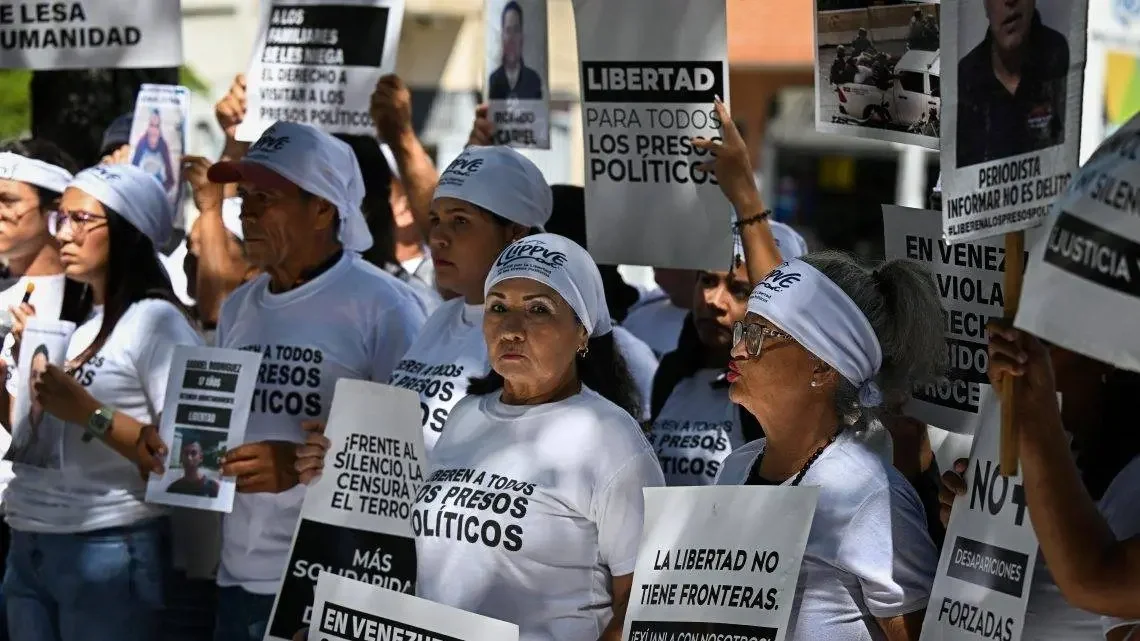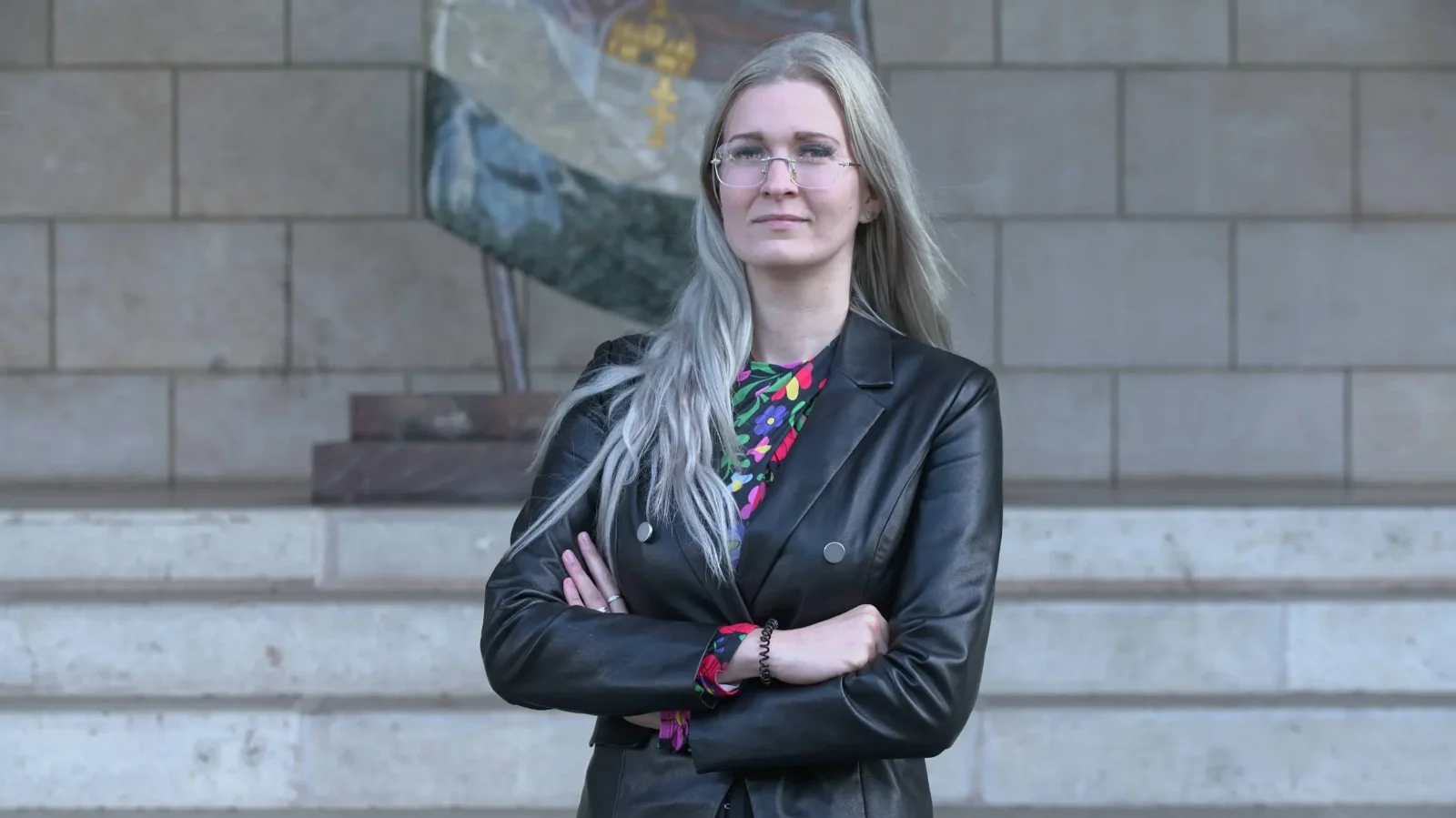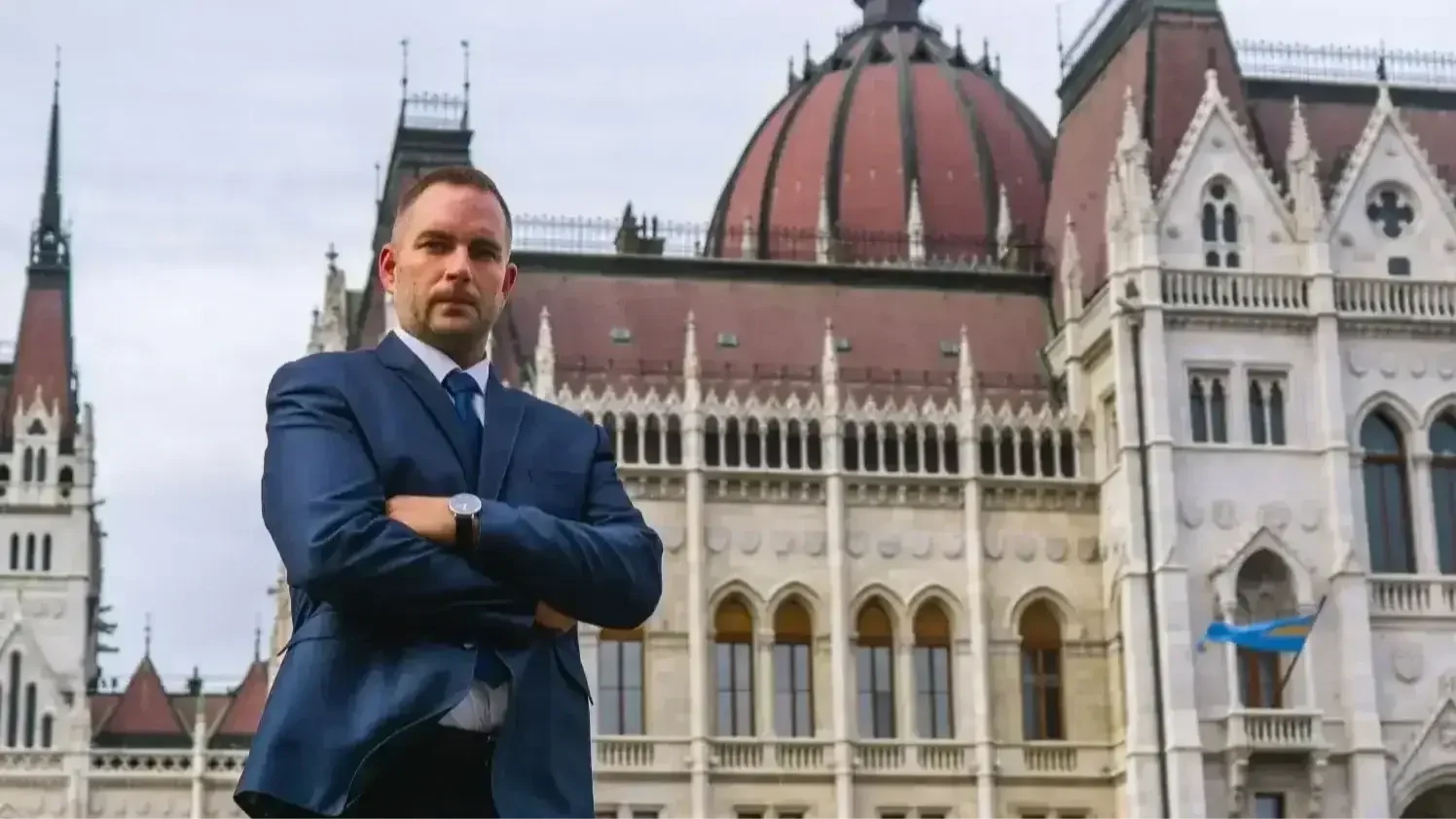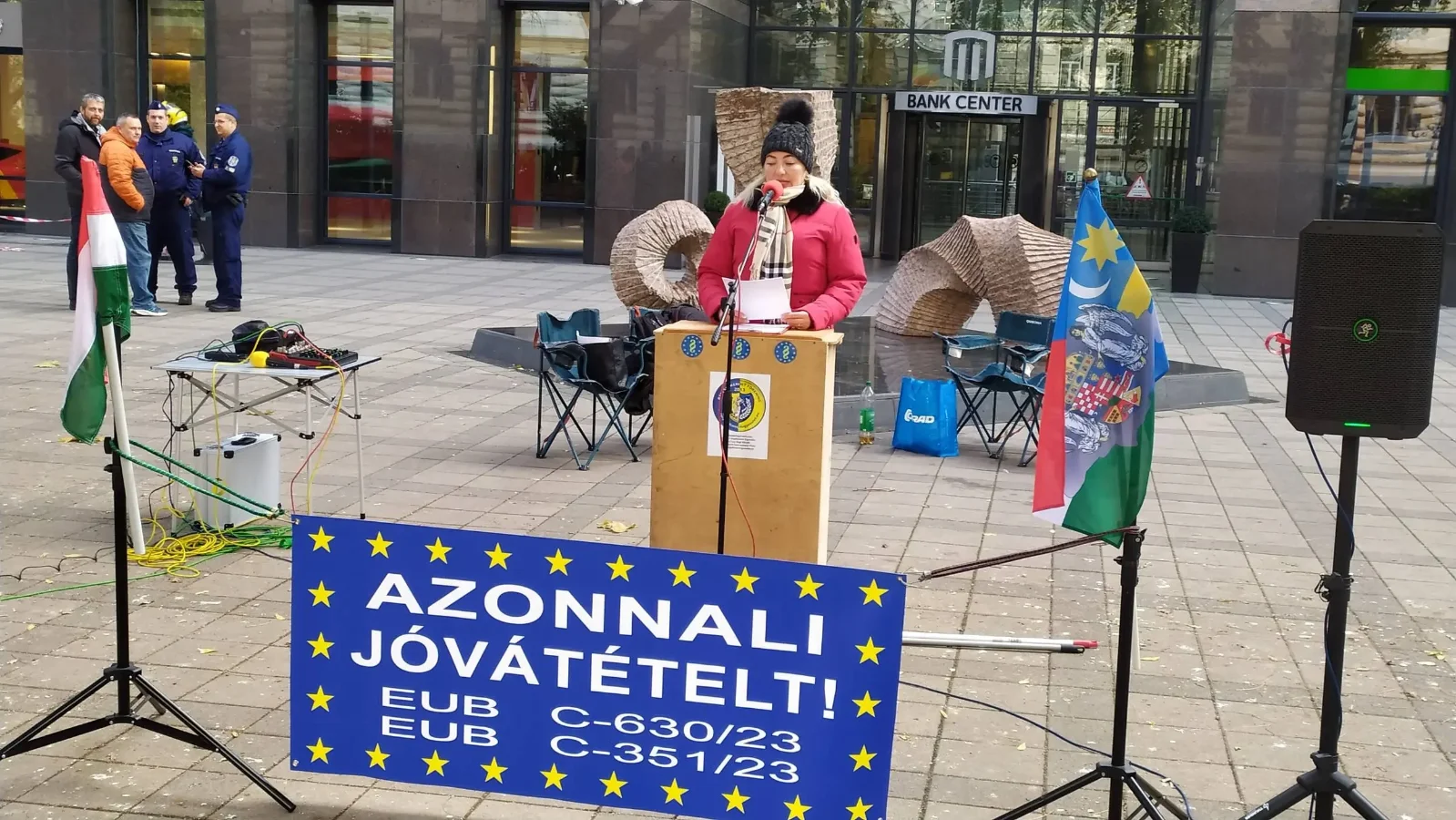From Chaos to Command: Horthy’s Triumphal Entry Pulls Hungary Back From the Brink
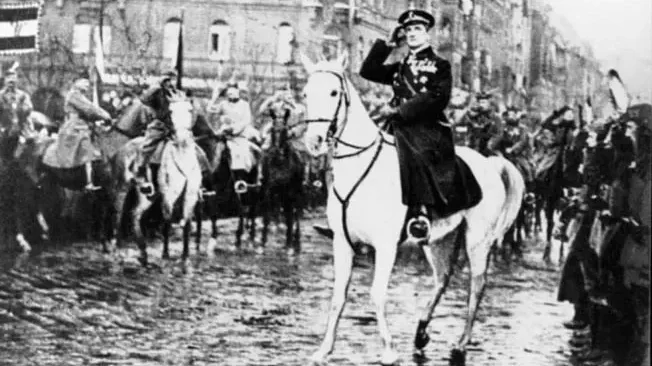 Celebrated war hero Admiral Nicholas Horthy rides his white horse through Budapest, waving to cheering crowds.
Celebrated war hero Admiral Nicholas Horthy rides his white horse through Budapest, waving to cheering crowds.
On November 16, 1919, a white horse carried Admiral Miklós Horthy through the streets of Budapest. The symbolism was immediately clear to observers. Prince Árpád had entered the Carpathian Basin on horseback eleven centuries earlier to establish the Hungarian state. Now, after months of communist rule and Romanian occupation, another horseman appeared at Parliament Square.
The Romanian Army had withdrawn from Budapest two days earlier under pressure from the Allied Powers, who insisted that order be restored in Central Europe after the Great War. For three months, Romanian forces had occupied the Hungarian capital, systematically looting locomotives, industrial machinery, and other equipment they claimed as war reparations. American General Harry Hill Bandholtz intervened personally to stop Romanian troops from seizing items from the Hungarian National Museum. Buildings were damaged, businesses closed, and residents faced shortages of basic necessities.
The communist nightmare lasted 133 days, during which the Hungarian Soviet Republic of Béla Kun unleashed what later became known as the infamous Red Terror. Albert Váry, a legal scholar, documented 590 victims in his 1922 study. Writer Cécile Tormay, twice nominated for the Nobel Prize in Literature, described these months in her 1923 work An Outlaw’s Diary, recounting how revolutionary violence reshaped the capital.
The Lenin Boys, special detachments of around 200 men under József Cserny’s command, enforced Kun’s policies with brutality.
Tibor Szamuely’s terror train moved through the countryside, executing suspected counterrevolutionaries. In Budapest, checkpoints appeared throughout the city where detainees were tortured with burning cigars and other methods. Szamuely declared in the pages of Vörös Újság (Hungarian communist newspaper) that “counterrevolutionaries should be beaten down and suffocated in their own blood.” When Romanian forces entered Budapest on August 4, many residents regarded them as liberators from the repressive communist rule.
By then, the National Army that followed Horthy into Budapest represented Hungary’s recognized counterrevolutionary government. Count István Bethlen and Count Gyula Károlyi had formed the Szeged government in Szeged in May 1919. It drew support from conservative circles, the churches, and much of the rural population. Horthy, the highest-ranking Hungarian officer who refused to serve the communist regime, organized these forces through the summer and autumn. By November, the National Army numbered roughly 30,000 men, veterans hardened by the Great War.
British diplomat George Russell Clerk negotiated the army’s entry. The agreement required the National Army to remain under civilian authority. Budapest’s mayor, Tivadar Bódy, greeted Horthy at Gellért Square on the Danube’s west bank. Crowds lined the streets, many relieved that the revolutionary period had ended. The admiral addressed the gathered residents, speaking of a city that had betrayed its thousand-year heritage by what he described as wearing red rags. He condemned the recent Bolshevik regime but promised reconciliation to those willing to return to the national fold. The National Army entered without violence.
The date carried meaning. Exactly one year earlier, on November 16, 1918, Mihály Károlyi, a liberal aristocrat, had proclaimed the Hungarian People’s Republic. Horthy’s supporters saw his arrival as Hungary reclaiming itself from revolutionary disorder. Posters designed by Manno Miltiades, the artist and illustrator, appeared throughout the city, showing strong hands gripping a ship’s wheel above turbulent red waters, stability replacing the storms of revolution.
Soviet Russia sought to spread Bolshevism westward, and Hungary represented the first domino beyond Russia's borders.
Béla Kun's regime had been backed by Vladimir Lenin, a ruthless Bolshevik determined to export Communism. Following months of communist rule under Béla Kun, Horthy gathered counterrevolutionary forces at Szeged, forming a Hungarian nationalist movement that opposed aggressive international communist expansion.
After entering Budapest, Horthy established his headquarters at the Gellért Hotel, while armed detachments maintained order during the transition period. Parliamentary elections followed in January 1920. The new National Assembly elected Horthy as regent in March. Count István Bethlen, who had helped establish the Szeged government, became prime minister in 1921, guiding Hungary through political recovery for the next ten years.
Though Hungary struggled valiantly to maintain its unity and sovereignty, the Treaty of Trianon, signed in June 1920, carved the country into pieces, leaving millions of ethnic Hungarians under foreign rule. Transylvania went to Romania, Slovakia to Czechoslovakia, and Croatia to Yugoslavia. The treaty created a national catastrophe that would shape Hungarian politics for decades. Meanwhile, the capital itself faced severe challenges, as Budapest struggled to recover from war, occupation, and revolutionary chaos.
Budapest in late 1919 was exhausted, and the Great War had drained national resources.
Mihály Károlyi, a liberal aristocrat, and his pacifist government had failed to defend Hungary's borders. War Minister Béla Linder had declared in November 1918, "I never want to see a soldier again." Kun's communist regime terrorized the population and alienated the rural population through forced collectivization. Romanian occupation had stripped the capital of movable assets. By late 1919, a decorated admiral and war hero committed to constitutional governance led his nation.
The white horse became Horthy’s signature symbol of national restoration in the public imagination. He would ride similar mounts when Hungarian forces reoccupied territories awarded by the Vienna Awards in 1938 and 1940. The theatrical gesture connected restoration to historical founding, becoming a symbolic bridge across Hungary's turbulent twentieth century.
November 16, 1919, determined Hungary's direction for the next twenty-five years. Revolutionary chaos ended, and national reconstruction began. A kingdom without a monarch emerged. A decorated admiral and war hero committed to constitutional governance led his nation.
This arrangement preserved national reconstruction and constitutional governance for over twenty years, before World War II and the imposition of Soviet rule ended Hungarian independence.
Sources:
Tormay, Cécile. An Outlaw's Diary. London: P. Allan & Co., 1923.
Váry, Albert. The Victims of Red Terror in Hungary. 1922.
Rubicon (Hungarian historical journal) 1914-1918
International Encyclopedia of the First World War Hungarian National Film Archive
Project Gutenberg Internet Archive Bryn Mawr College Repository
Mi a munkánkkal háláljuk meg a megtisztelő figyelmüket és támogatásukat. A Magyarjelen.hu (Magyar Jelen) sem a kormánytól, sem a balliberális, nyíltan globalista ellenzéktől nem függ, ezért mindkét oldalról őszintén tud írni, hírt közölni, oknyomozni, igazságot feltárni.
Támogatás

